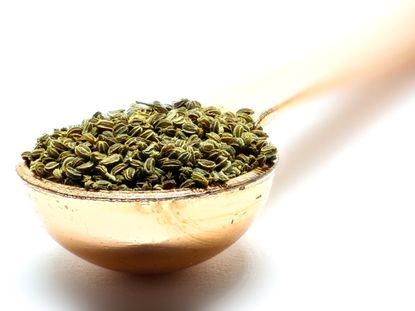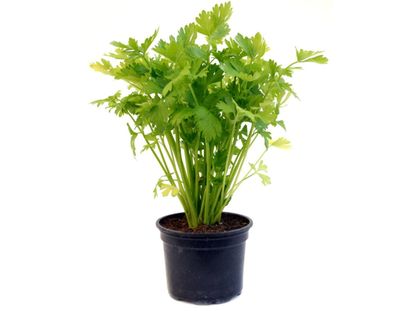Celery
Most people choose to grow a celery plant purely for the challenge it poses – and growing celery is certainly that. To make this endeavor easier for the home gardener, read the following tips and information on growing and caring for celery plants. Get started now to learn about the best way to grow celery in your garden.
-
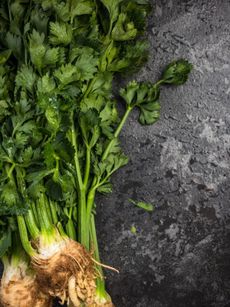
Celery Harvest - Picking Celery In Your Garden
Learning how to harvest celery is a worthwhile goal if you have been able to grow this somewhat difficult crop to maturity. The time for picking celery and how it's done can be found in this article.
By Becca Badgett
-

Celery Cercospora Blight Disease: Controlling Cercospora Blight Of Celery Crops
Blight is a common disease of celery plants. Of the blight diseases, cercocspora or early blight in celery is the most common. What are the symptoms of cercospora blight? The following article describes the symptoms of the disease and how to manage celery cercospora blight.
By Amy Grant
-
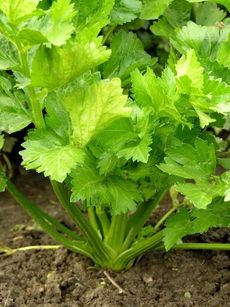
Tips On How To Grow Celery
Growing celery is considered the ultimate vegetable gardening challenge. It has a very long growing season but a very low tolerance for both heat and cold. This article will help with tips on how to grow celery.
By Heather Rhoades
-
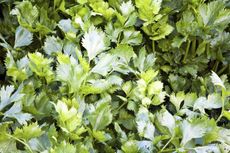
Celery Leaf Info: Learn About Growing Celery As Herb Plants
Leaf celery is darker, leafier, and has thinner stalks than ordinary celery. The leaves have a strong, almost peppery flavor that makes for a great accent in cooking. For more leaf celery info and celery herb uses, this article will help.
By Liz Baessler
-
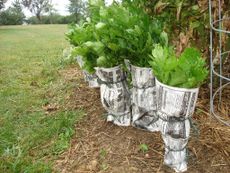
Learn About Blanching Celery In The Garden
Simply put, celery is not the easiest crop to grow in the garden. When celery has bitter taste, chances are it hasn't been blanched. Blanching celery is often done to prevent bitter celery. Click here for more info.
By Nikki Tilley
-
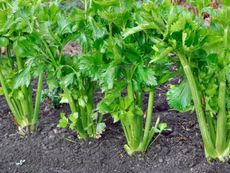
Common Varieties Of Celery: Different Kinds Of Celery Plants
Most of us are familiar with stalk celery but did you know there are other celery plant varieties? If you are looking to expand your celery repertoire, you might be wondering about other varieties of celery. Find out in this article.
By Amy Grant
-
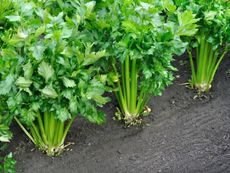
What Causes Rotting Stalks In Celery: Tips For Treating Celery With Stalk Rot
People who make the attempt to row celery end up putting a lot of time into keeping it happy. That's why it's heartbreaking when your celery gets infected with a plant disease. Click here for information on one celery disease you may encounter - celery stalk rot.
By Ilana Goldowitz Jimenez
-
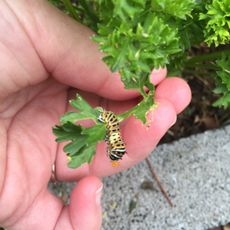
Worms Eating Celery: Are Caterpillars On Celery Plants Harmful
Would it surprise you to learn that the worms on your celery plants are caterpillars of the black swallowtail butterfly? In this article, you'll find out more about how to handle these interesting creatures in the garden.
By Jackie Carroll
-
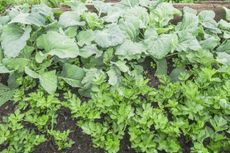
Companion Planting With Celery: What Are Some Good Celery Companion Plants
If you are planting celery, you may want to know the names of plants that grow well with it. These include other vegetables as well as attractive garden flowers. Click here for more information about companion planting with celery.
By Teo Spengler
-
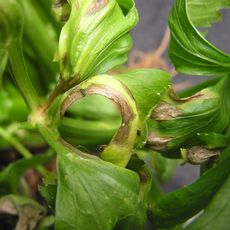
Yellowing Celery Leaves: Why Is Celery Turning Yellow
Celery is susceptible to a number of problems which can result in a less than optimal harvest. One such malady causes yellowing of celery leaves. Why is celery turning yellow and is there a remedy that helps? Find out in this article.
By Amy Grant
-
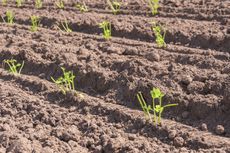
Celery Plant Spacing: How Far Apart To Plant Celery
In addition to temperature requirements, you need to know how far apart to plant celery, its lighting needs, soil preferences, water requirements and other celery planting instructions. This following article will help with proper spacing of celery plants.
By Bonnie L. Grant
-
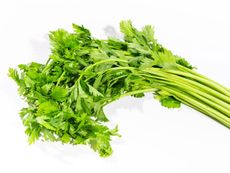
Growing Leaf Celery – How To Grow European Cutting Celery
Planting European cutting celery is a way to have fresh celery leaves without the hassle of cultivating and blanching stalk celery. Learn more here.
By Laura Miller
-

Regrowing Celery: How To Plant Celery Bottoms In The Garden
When you use celery, you use the stalks and then discard the base, right? While the compost pile is a good place for those unusable bottoms, an even better idea is planting the celery bottoms. Find out how to plant celery bottoms here.
By Amy Grant
-
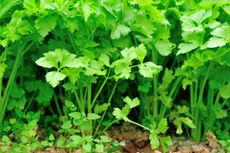
What Is Smallage: How To Grow Wild Celery Plants
Smallage has been harvested wild and cultivated for centuries and used medicinally for a variety of folkloric conditions. It is also called wild celery and, indeed, has many of the same attributes. Learn about growing wild celery and other interesting smallage plant info here.
By Amy Grant
-
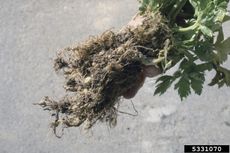
Celery Root Knot Nematode Info: Alleviating Nematode Damage Of Celery
Celery root knot nematode is a microscopic type of worm that attacks the roots. The worms may attack any number of plants, but celery is one that is susceptible. Knowing how to recognize the signs and how to manage the infestation will help. Learn more here.
By Mary Ellen Ellis
-
Late Blight Disease In Celery: How To Manage Celery With Late Blight
Late blight disease in celery is a serious fungal disease that affects celery crops across the world. The disease is most troublesome during mild, damp weather, especially warm, humid nights, and is very difficult to control. Click here on for more information.
By Mary H. Dyer
-
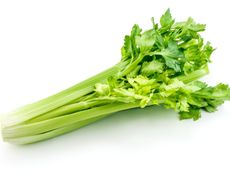
Bitter Tasting Celery Stalks: How To Keep Celery From Tasting Bitter
Sometimes you may find that your garden grown crop has some very bitter tasting celery stalks. If you wonder, "Why does my celery taste bitter?", read here to learn more about the reasons for pungent celery.
By Susan Patterson
